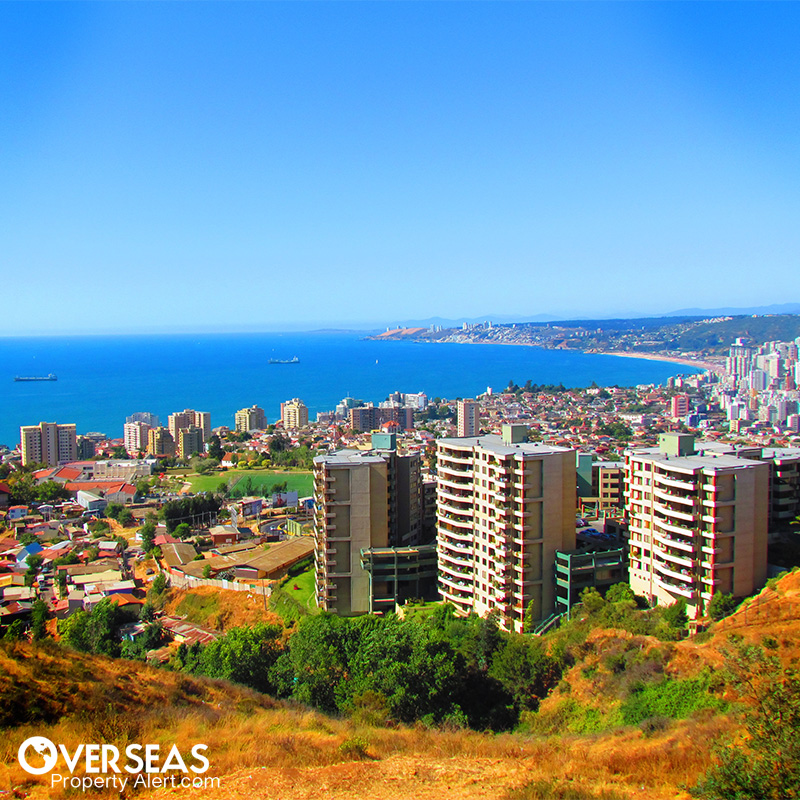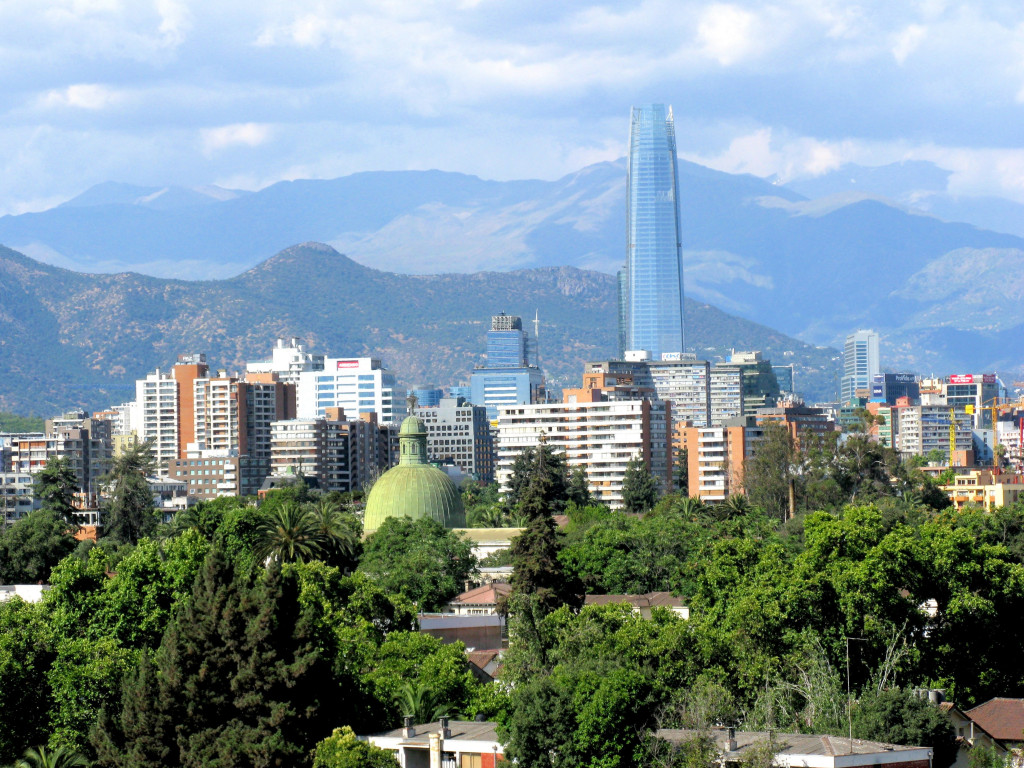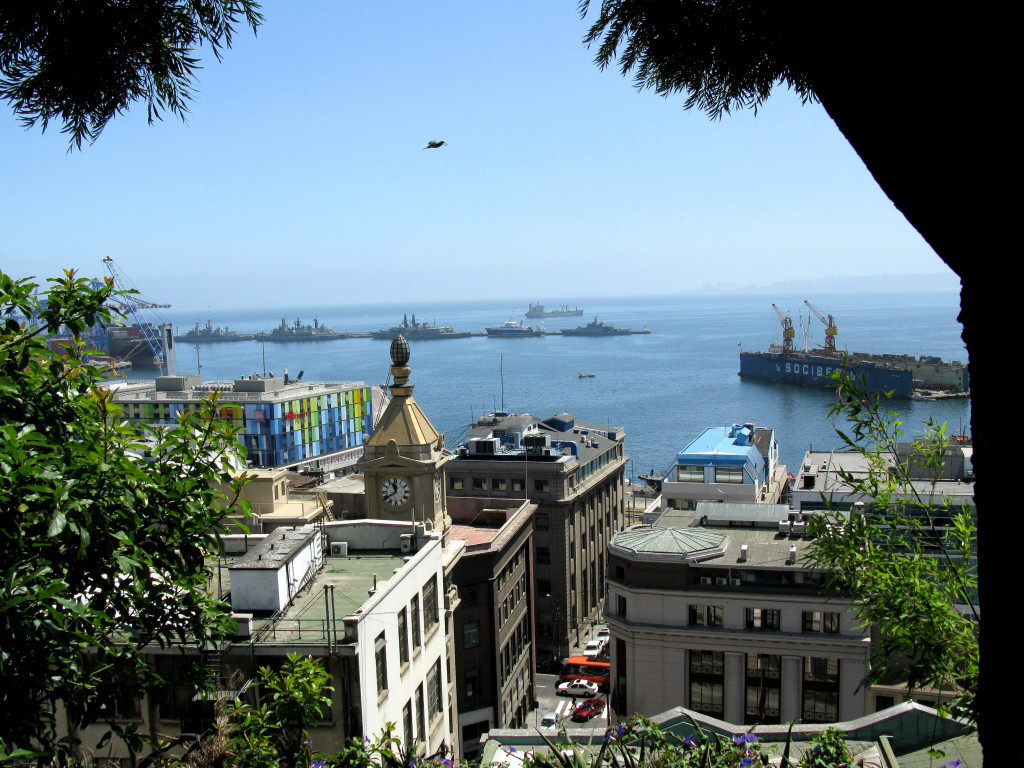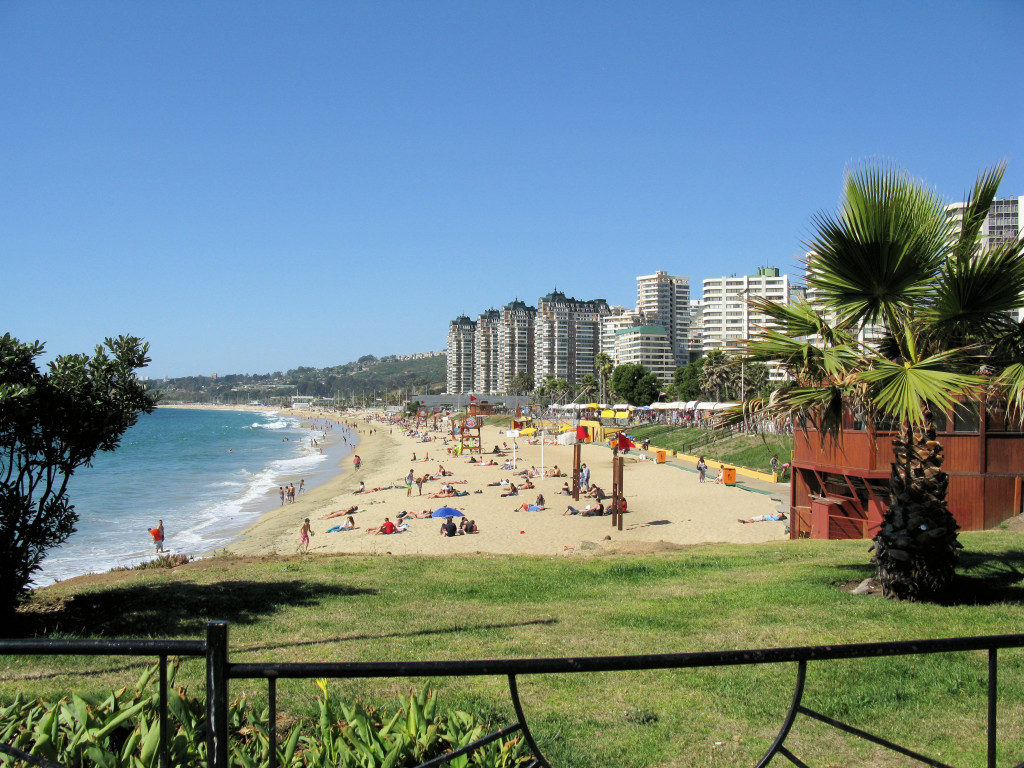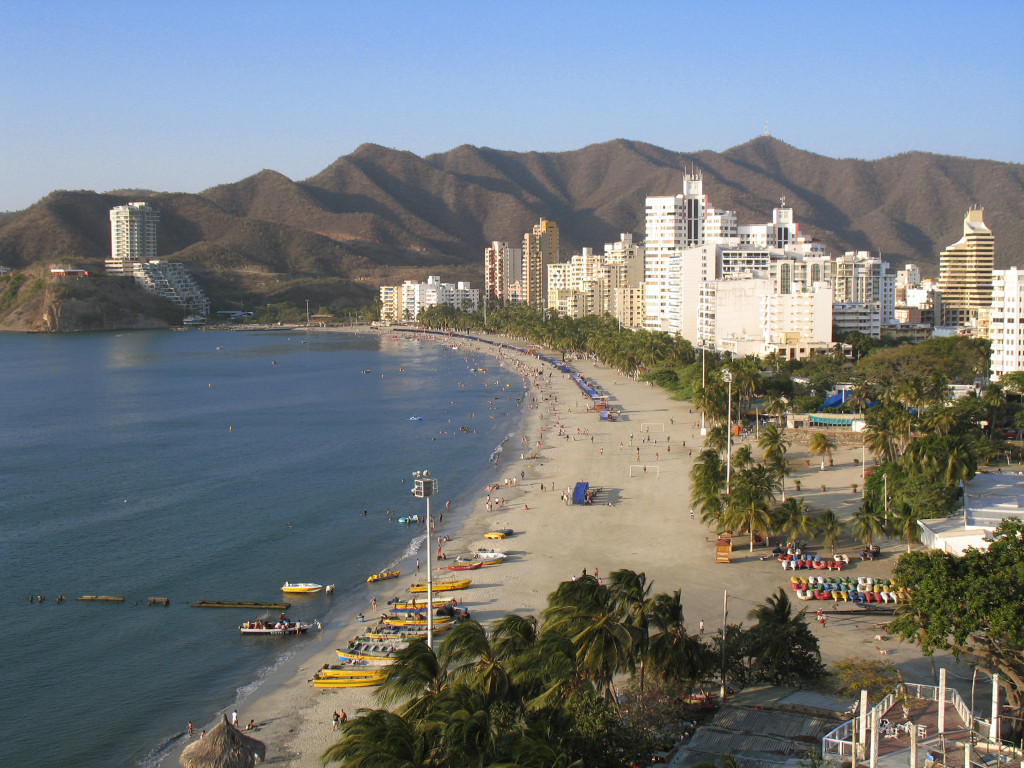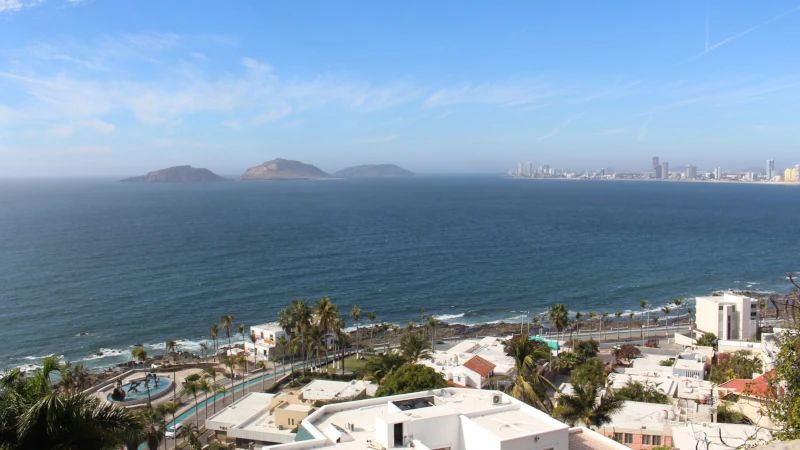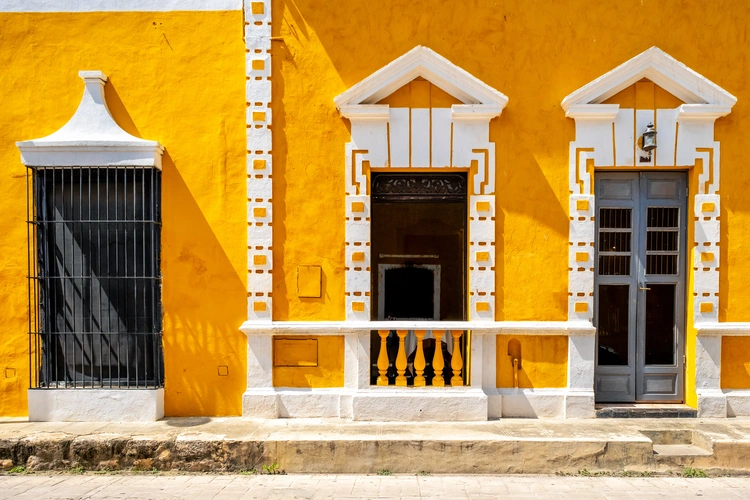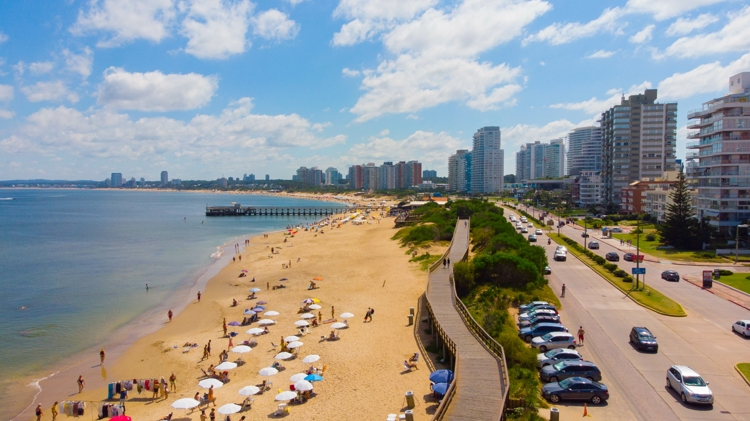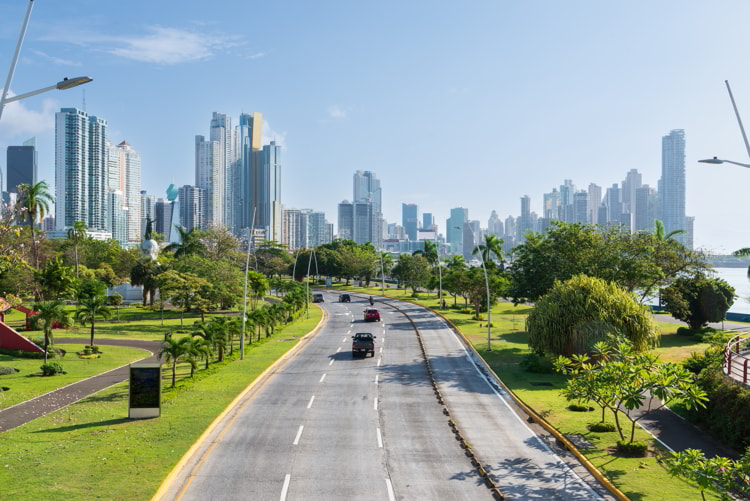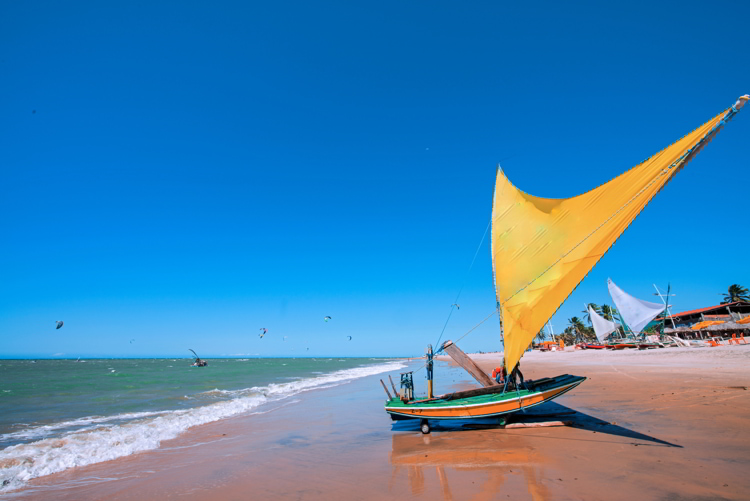How Chile’s Accord With China Is A Big Win For Viña Del Mar
Plus: “Can I Double My Money Using Exchange Rates?” Prediction: Chile will soon see big dividends paid to its #1 tourist destination thanks to its standing as China’s closest Latin American ally. –L.H. For many countries 2016 was a disappointing year. Generally speaking, a number of stable democracies showed real signs of instability and uncertainty […]
How Chile’s Accord With China Is A Big Win For Viña Del Mar Read More »

